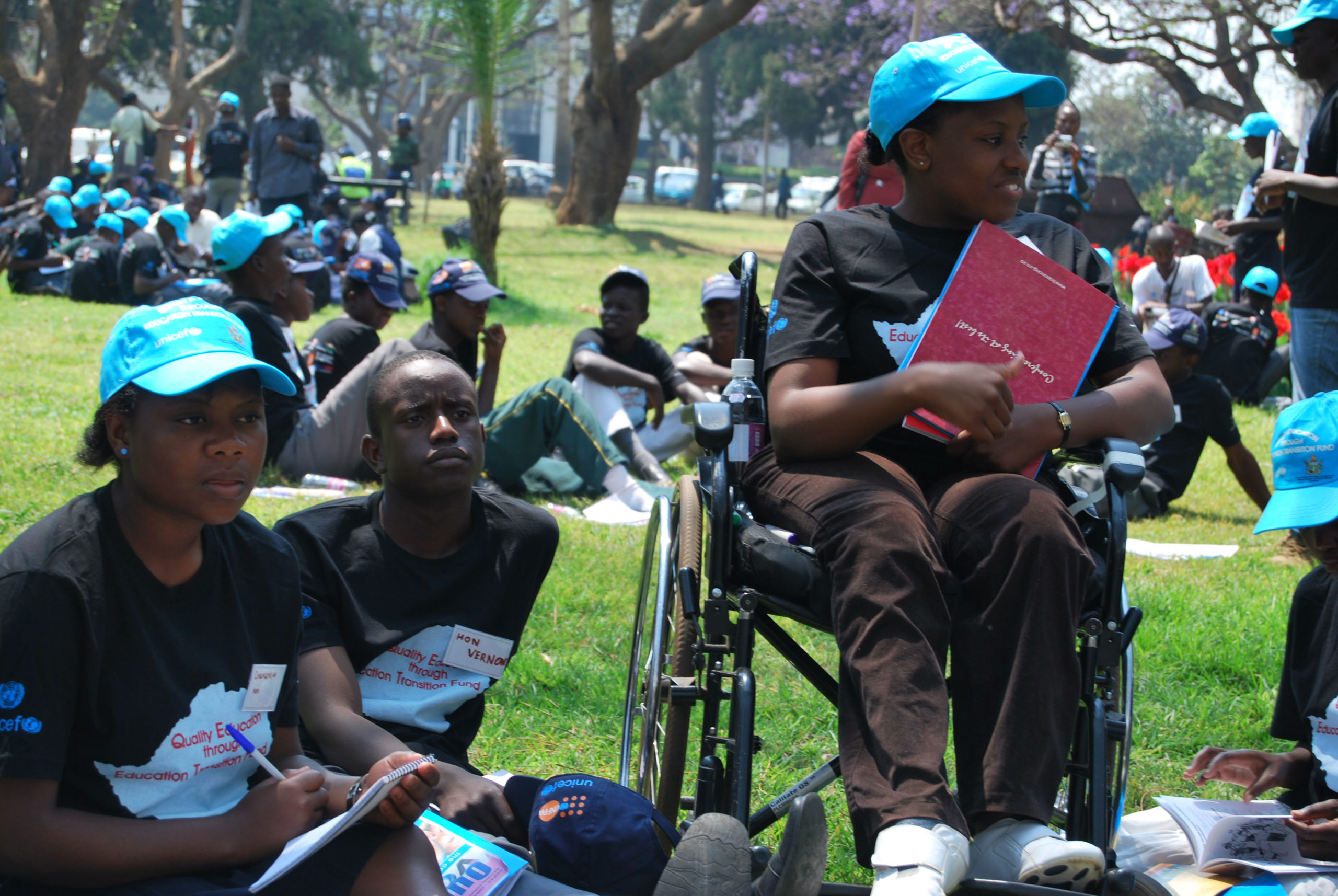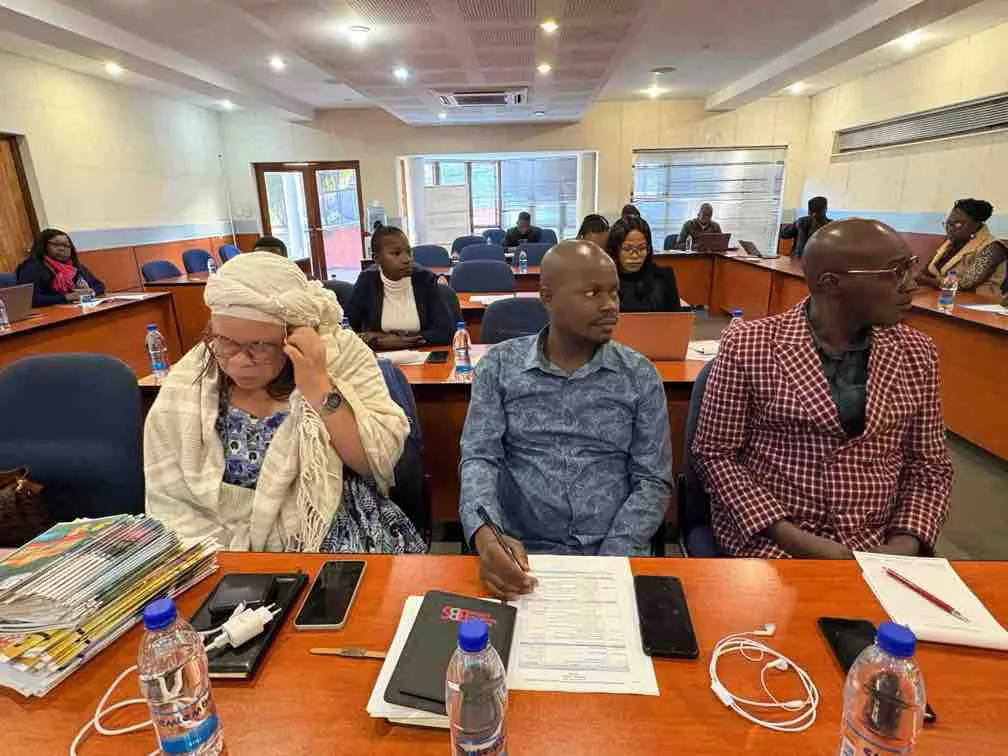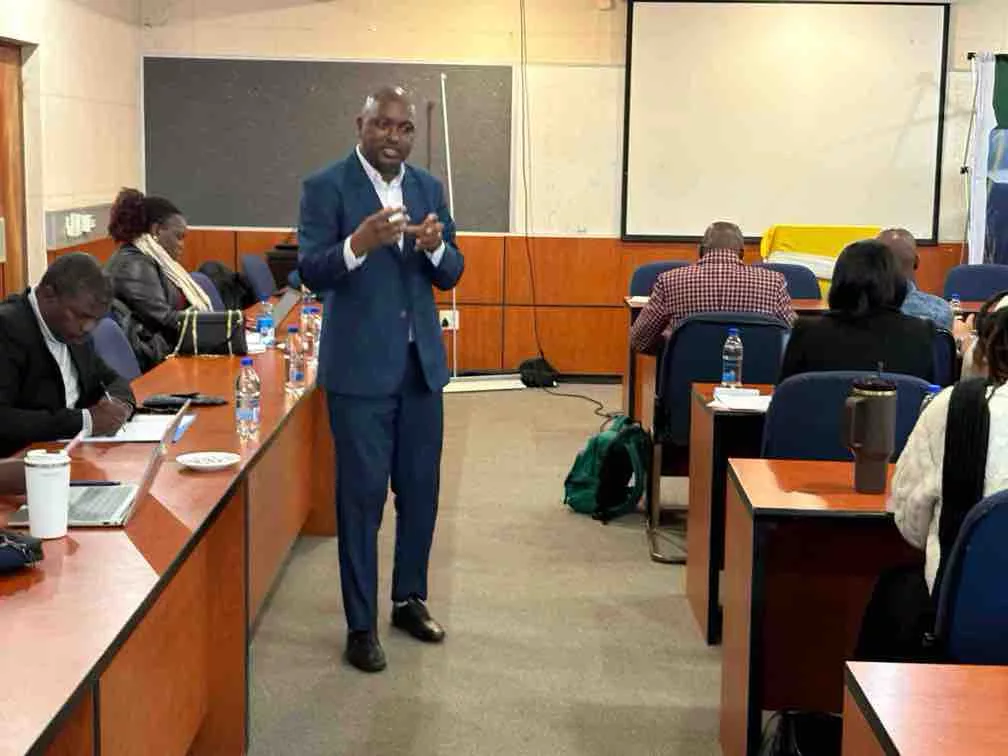By Byron Mutingwende
Technocrats have urged the Government of Zimbabwe in partnership with development partners to find ways of harnessing the youth demographic dividend for economic growth.
The calls were made at the youth investment and inclusive growth conference held in Harare on 3 October 2017 that was organised by the ministry of youth in partnership with the Zimbabwe Youth Council and the United Nations Economic Commission for Africa.
Demographic dividend is the accelerated economic growth that can be achieved when the population age structure changes together with strategic investments in health, education, economic policy and governance giving rise to conditions where the dependency ratio is reduced and productivity of a significant proportion of the workforce increases, thus resulting in a corresponding increase in income per capita.
According to the Zimbabwe Youth Investment Case Study Policy Brief, the youth bulge in Zimbabwe’s population structure, whereby 35.7% are youth (15-34 years) and 13% are young adolescents (between the age 10-14 years), offers a rare opportunity for strategic investments in young people focusing on promoting among others, their survival and development, delaying early marriages and child bearing, enhancing the quality of primary and secondary education, increasing the enrolment and retention of girls in basic, secondary and tertiary education, reaching out- of-school young people with second chance education and equipping all young people with relevant practical life-skills training and vocational skills to improve their ability to generate and grow their income.
“This development will require a change in population structure, such that the number of dependent children in relation to the working population becomes smaller. When this is accompanied with strategic investments in youth, it creates a once-in-lifetime opportunity for accelerated economic growth,” reads a part of the policy brief.
In her contribution at the conference, Dr. Jesimen Chipika, the Deputy Governor of the Reserve Bank of Zimbabwe alluded to financial sector policies that promote youth investment and financial inclusion among youths.
She highlighted that the 17 Sustainable Development Goals (SDGs) for 2030 are to be largely domestically financed.
“All the 17 SDGs are youth –centric! The financially included youths are empowered to tackle challenges such as poverty, hunger, inequality, healthy, education, wealth and employment creation, among others. Financial inclusion supports the achievement of at least half of the 17 SDGs!” Chipika said.
The bank revealed a bleak youth and finance Picture in Zimbabwe. Youths aged 15-35 years constitute 37% of the population (4. 8 million). Young people (0-35 years) account for more than 60% of the total population. However, loans to youth ($77. 09 millon) accounted for only 2.26% of the banking sector loans of $3.57 billion as at 30 June 2017.
The 2014 FinScope Consumer Survey revealed that 23% of Zimbabwe’s adult population was financially excluded and that only 30% of Zimbabwe’s adult population were banked as at 2014. The 2012 FinScope MSME Survey revealed that only 14% of MSME owners were banked. Financial exclusion is particularly pronounced among the youth, women, micro, small to medium enterprises (MSMEs), rural population, and people with disabilities (PWDs).
Chipika highlighted a plethora of factors contributing to the financial exclusion of the youth. These include among others, bureaucratic loan application procedures; low levels of financial literacy; inadequate and inappropriate skills; and perceived high risk (indiscipline). The other challenges also arise out of the inadequate information on financial services; high levels of unemployment; the lack of acceptable collateral; stringent account opening requirements and the high costs of accessing financial products and services
There are many other financial inclusion initiatives that can benefit the youth. There is need to put in place an operational credit registry to determine creditworthy youths. This could be coupled with a Collateral Registry in line with the Movable Property Interest Act (Chapter 14:15) of 2017. Chipika also called for the revival of the Credit Guarantee Scheme, the establishment of MSME Units in Banks (13 banks out of 19, have established SME units), Women’s Desks (10 banks have established women desks).
It emerged that youth financial exclusion exacerbates the challenges of: youth poverty, unemployment and underemployment, delinquency and social agitation, making the need to focus on solutions all the more urgent. There was a need for the education curriculum from Grade zero to Tertiary to include entrepreneurship, financial literacy, digital financial services and mobile money and practical skills development. Financial inclusion initiatives are well-positioned to play an important role in responding to the needs of and development challenges being faced by the youth in Zimbabwe.
Dr. Amarakoon Bandara, the United Nations Development Programme (UNDP) Senior Economic Advisor said the youths are often considered to represent the future as they bring new ideas and energy to add to the pool of knowledge that already exists.
“Youths bring enthusiasm and vitality which can lead to new discoveries and developments that can benefit society at large. Although not the only drivers of social change, young people are seen to be one of the key drivers engendering change. There is a need to harness the linkages between economic actors (youth) and the economy for greater development outcomes,” Bandara said.
Rumbidza Tizora, the Social and Economic Analysis Officer of UNICEF Zimbabwe said harnessing the demographic dividend is a strategic way to advance implementation of the Agenda 2030 that emphasises on leaving no one behind.
“Youth are critical for the socio-economic transformation of the continent over the next 50 years and it is important to access various dimensions of poverty early in the life cycle because the risks are higher in early stages of life with long term and sometimes irreversible consequences later on in life. Risks are higher in the 0-5 years and are concentrated in the adolescence and youth a period which has an immediate impact on the next generation,” Tizora said.
She said investing in youth must begin during early childhood and adolescence when lifelong patterns of behaviour are established. UNICEF, together with other UN governments is assisting the government in analysing the state of children and youth.
Tizora added that evidence shows that when adolescent girls and boys are supported and encouraged by caring adults, along with policies and services attentive to their needs and capabilities, they have the potential to break long-standing cycles of poverty, discrimination and violence.
To financially capacitate youths, Twinstock Capital (a Registered Credit-Only Microfinance Institution) is the first phase of the EmpowerBank project. Twinstock Capital is currently capitalised to the tune of $2.5million and further $10million is due to be released by the Minister of Finance for the capitalisation of EmpowerBank. The application for the EmpowerBank license to operate as a deposit-taking Microfinance Bank, was submitted to the RBZ and is currently being considered.
“We are happy to advise that we (Twinstock Capital/EmpowerBank) are working in collaboration with NIEEB and through the ZimCHEER program which identifies and celebrates young entrepreneurs and advocates their economic empowerment within a Youth Empowerment Model as already highlighted in the earlier presentation.
“With relatively adequate education and Technical skills, the missing link has always been the Financial Component that allows the Young Entrepreneurs to contribute meaningfully to the growth of the economy,” said Raymond Njanike, the Chairman of EmpowerBank.
Njanike said to unleash their potential which results in Young Entrepreneurs realise their dreams, enough financial resources have to be made available, accessible and affordable to youths. Starting an income-generating project after completing Vocational Training courses requires funds for equipment and raw materials and mentorship is also very critical.
“‘It is very important to ensure that cost of funds and that of maintaining bank accounts are made affordable through embracing ICT innovation. Most banks are still relying on the brick and mortar model as distribution channels for their products and services. This model is costly due to the high operating costs associated with it. For example, the minimum manning levels for one branch is about 7 employees. To mitigate this we intend to leverage on technology/digital platforms and ensure that anyone with a smart phone is able to transact without visiting the branch.”






